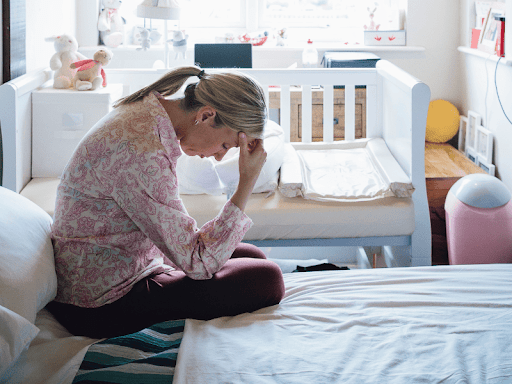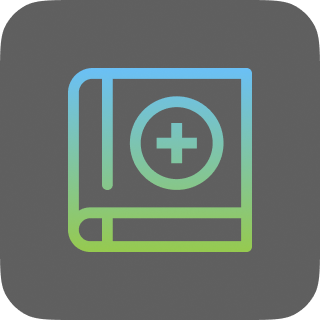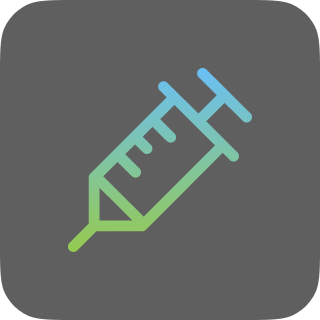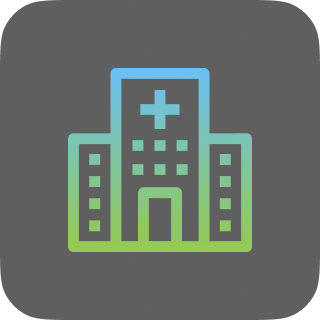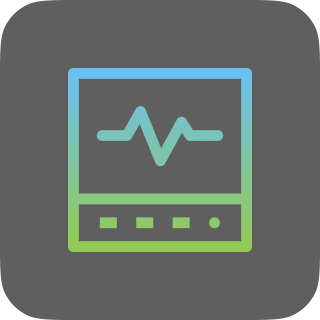Here at PAK Pediatrics, nothing is more important to us than ensuring the health and safety of our patients. That includes both children and their mothers. Whether you’re a new patient experiencing motherhood for the first time or someone with experience having children, the baby blues is not an uncommon phenomenon.
provides an in-depth analysis of the baby blues, helping you understand its indicators and differentiate it from other postpartum mood disorders.
What are the Baby Blues?
The term “baby blues” refers to a transient period of emotional sensitivity and mood swings that a new mother might experience after childbirth. It is a widespread phenomenon, affecting up to 80% of new mothers.
While the precise cause of the baby blues remains unknown, it’s believed to stem from the dramatic hormonal shifts that occur post-childbirth, compounded by sleep deprivation, physical exhaustion, and the pressures of adapting to the new responsibilities of parenthood.
Identifying the Baby Blues
Understanding the indicators of the baby blues is crucial to ensure appropriate management and to prevent potential escalation into a more severe postpartum mood disorder.
Common signs of baby blues include:
- Mood swings: Rapidly fluctuating emotions ranging from happiness to despair within a short period.
- Anxiety: Constant worry about the baby’s well-being or your capability as a new parent.
- Crying: Unpredictable and uncontrolled crying spells, often for no apparent reason.
- Insomnia: Difficulty falling or staying asleep, even when the baby is sleeping.
- Irritability: Feeling restless, impatient, or easily annoyed.
- Poor concentration: Difficulty focusing or making decisions.
- Loss of appetite: Eating less than usual or not feeling hungry at all.
These symptoms typically surface within the first two to three days after childbirth and can last for up to two weeks. If the symptoms persist beyond this period, or if they intensify and interfere with your ability to care for your baby and yourself, it could signal a more serious condition such as postpartum depression or anxiety.
